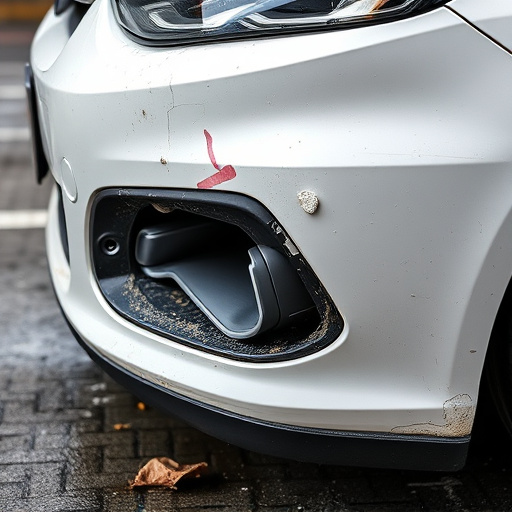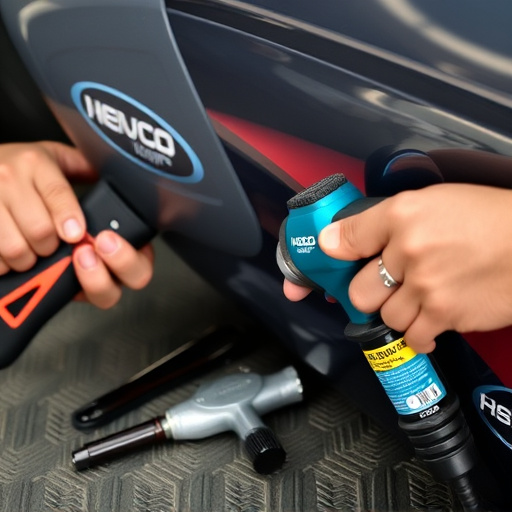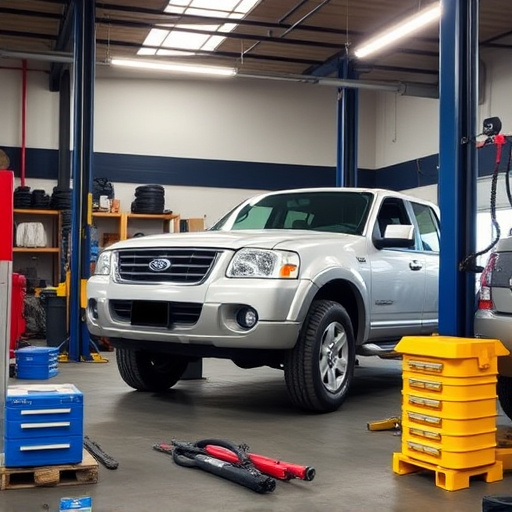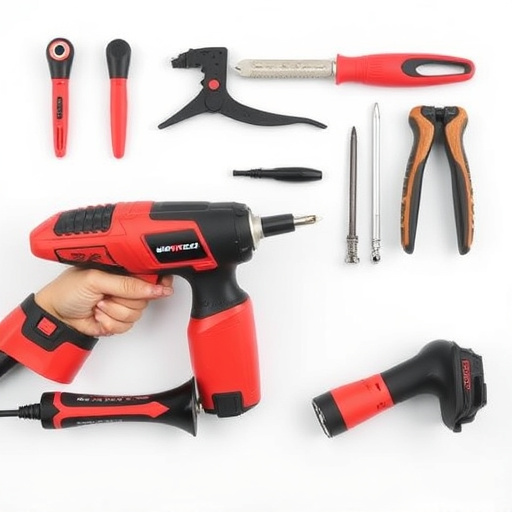Mercedes sequential turn signal repair is a critical aspect of both vehicle functionality and aesthetics, requiring precise alignment and adjustment for safety and design integrity. Skilled technicians use advanced tools and vintage knowledge for restoration, ensuring reliable performance with OEM parts, while regular training keeps them updated on technological advancements for seamless integration in fleet repair or classic car restoration.
In the automotive industry, precision is key, especially when addressing intricate systems like the Mercedes sequential turn signal. This article delves into the critical importance of precise repairs for these advanced lighting mechanisms. We explore how accurate adjustments impact the overall quality and reliability of Mercedes sequential turn signal repairs. Additionally, we provide best practices to ensure mechanics can navigate this process effectively, maintaining the vehicle’s safety and performance standards.
- Understanding Mercedes Sequential Turn Signal Functionality
- The Impact of Precision on Repair Quality and Reliability
- Best Practices for Accurate Sequential Light Repairs
Understanding Mercedes Sequential Turn Signal Functionality

The Mercedes sequential turn signal functionality is a classic example of precision engineering at its finest. Unlike traditional turn signals that flick on and off, Mercedes designs often incorporate a sophisticated sequential system where the turn signal lights illuminate in a specific order—from inside out or from left to right—to enhance visibility and safety during lane changes. This feature not only adds to the overall allure of a Mercedes but also plays a crucial role in effective mercedes sequential turn signal repair when damage occurs.
Understanding this intricate system is vital for car restoration experts, especially when dealing with mercedes benz collision repair. The sequential turn signals require careful calibration and precise adjustments to ensure they function flawlessly. In vehicle restoration, maintaining the original equipment manufacturer (OEM) functionality not only guarantees a seamless driving experience but also preserves the integrity of the car’s design and safety features. Thus, for any Mercedes owner or restoration specialist, mastering mercedes sequential turn signal repair is essential in ensuring both the performance and aesthetics of these iconic vehicles remain unaltered.
The Impact of Precision on Repair Quality and Reliability
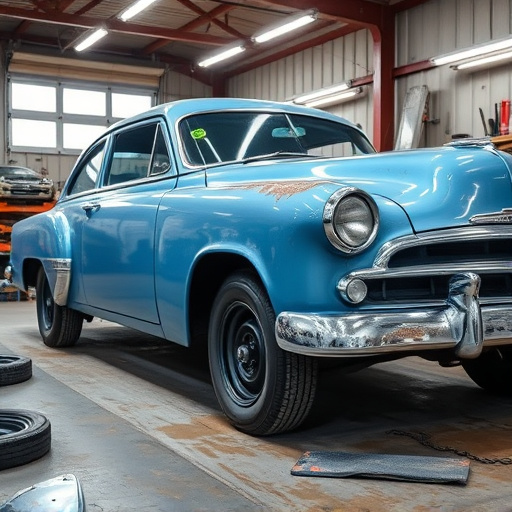
Precision is paramount when undertaking intricate repairs, especially in the case of Mercedes sequential turn signal repairs. Each component must be meticulously aligned and adjusted to ensure optimal performance and reliability. A slight misalignment can lead to flickering lights, delayed activation, or worse, compromising safety on the road. Skilled technicians understand that patience and meticulous attention to detail are key to achieving a seamless repair.
In the realm of classic car restoration, where every part tells a story, precision becomes an art form. Auto maintenance and repairs for these vintage vehicles demand a deep understanding of their unique mechanisms. An auto repair shop specializing in such work invests in state-of-the-art tools and relies on experienced hands to deliver top-notch results. This dedication to precision guarantees that the restored vehicle not only functions flawlessly but also retains its historical integrity.
Best Practices for Accurate Sequential Light Repairs

When performing Mercedes sequential turn signal repairs, precision is key. It’s not just about replacing parts; it’s about ensuring each component functions in harmony for optimal visibility and safety. Best practices involve meticulous attention to detail during disassembly, carefully documenting every step to maintain system integrity. Using high-quality, OEM-spec parts guarantees compatibility and longevity, aligning with the vehicle’s original performance standards.
For fleet repair services or even automotive restoration projects, a systematic approach is crucial. This includes utilizing advanced diagnostic tools to identify issues accurately before repair. Professional technicians should be adept in performing meticulous automotive body work, ensuring seamless integration of new parts with existing systems. Regular training on the latest repair techniques for features like sequential turn signals is vital, keeping up with advancements in automotive technology and safety standards.
Precision is key when undertaking Mercedes sequential turn signal repairs, ensuring not only optimal vehicle performance but also enhancing safety on the road. By understanding the intricate functionality of these lights and adopting best practices, technicians can deliver reliable repairs that meet the high standards expected from Mercedes-Benz owners. Investing time in accurate adjustments and using quality components guarantees a seamless driving experience, making precise sequential turn signal repairs an indispensable aspect of automotive maintenance.


